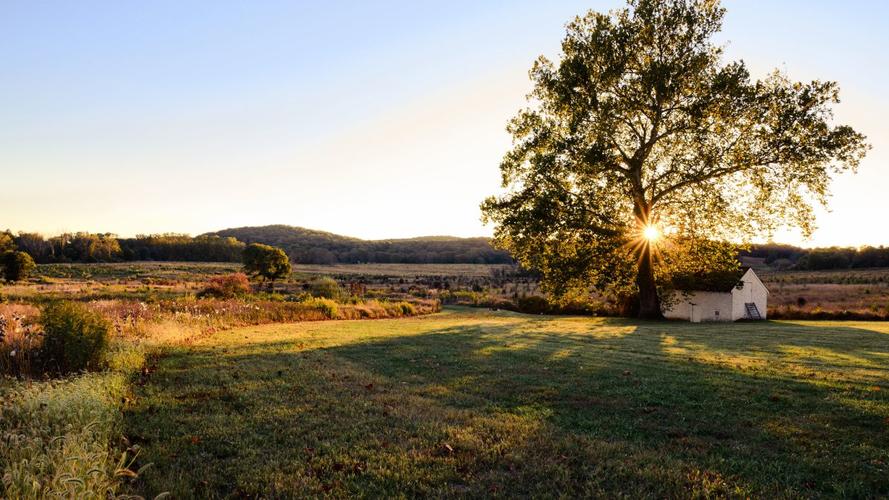Staying Safe During a Tornado: Information and Preparedness Tips
Tornadoes can strike any time of the year and are capable of causing immense damage. They can cause injuries or fatalities and leave a trail of devastation in their wake. Staying safe during a tornado requires careful preparation and planning. This guide aims to equip you with essential information and tips to help you stay safe during a tornado.
Understanding Tornadoes
A tornado is a type of rotating severe weather event that forms from thunderstorms. They can manifest in various shapes and sizes, ranging from a few hundred meters to several kilometers in diameter. Tornadoes can move at an average speed of 30-40 miles per hour and are categorized on the Enhanced Fujita scale, which measures the intensity of damage caused by the wind.
Preparation and Planning
The first step towards staying safe during a tornado is to stay informed about the weather conditions through local media, weather apps, or online resources. You should also identify the safest locations in your home, workplace, or community to shelter in place before the tornado strikes.
Creating an emergency preparedness kit is also vitally important in case of power outages, food, and water shortages. Such a kit should contain essential items such as a first aid kit, flashlights, non-perishable food, drinking water, medication, and important documents.
It is equally important to plan and practice regular tornado drills with your family or colleagues to ensure everyone knows what to do in an emergency. Designate a safe spot for individuals with disabilities or mobility impairments, and make sure the chosen location is accessible.
During a Tornado
When a tornado warning is issued, you should immediately move to a shelter in place. This could be a basement, inner room, or bathroom on the lowest floor of the building. If you are outside, seek shelter immediately in a low-lying area such as a ditch or culvert. Never attempt to outrun a tornado; they can quickly change direction and intensity, making it extremely dangerous.
If you are driving, it’s best to avoid driving into a tornado or hailstorm, instead choosing to pull off the road and stop the vehicle. Seek shelter in a sturdy building or move to a low-lying area.
Conclusion
Staying safe during a tornado requires alertness, preparation, and planning. Familiarize yourself with weather alerts, identify safe locations, and create an emergency preparedness kit. Make sure your family, colleagues, or community members know what to do in an emergency. By following these tips and staying vigilant, you can protect yourself and your loved ones during a tornado.
(Note: Do you have knowledge or insights to share? Unlock new opportunities and expand your reach by joining our authors team. Click Registration to join us and share your expertise with our readers.)
Speech tips:
Please note that any statements involving politics will not be approved.
